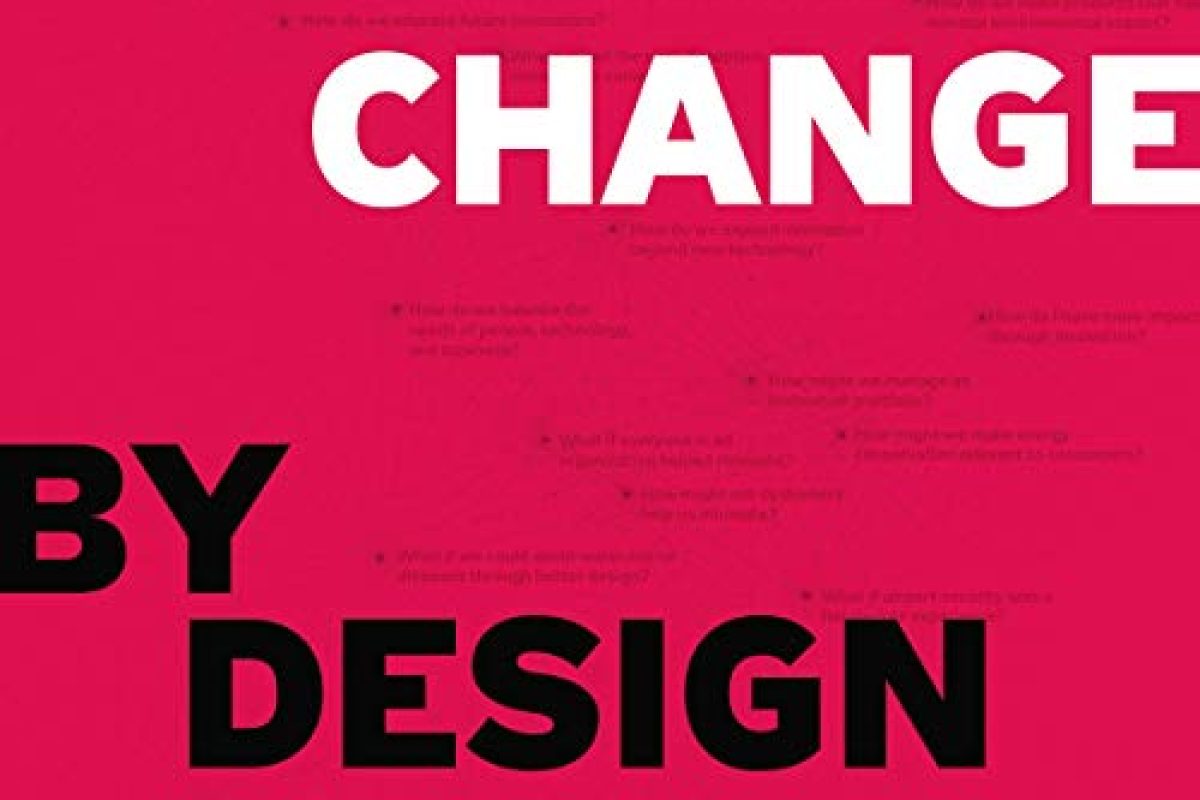“Change by Design, Revised and Updated,” authored by Tim Brown, the CEO of IDEO, is a compelling update to his original publication that dives deeper into the transformative power of design thinking in modern businesses and organizations. This book not only expands on the original concepts introduced by Brown but also integrates new insights and examples that reflect the latest developments in the field.
Design thinking, as articulated by Brown, is not just a method for product design but a broader approach to solving complex problems and fostering innovation across all areas of business. In this revised edition, Brown emphasizes the adaptability of design thinking in today’s rapidly changing environments and its relevance in addressing systemic challenges in sectors as diverse as healthcare, education, and public administration.
The book is organized into three main sections. The first part introduces the concept of design thinking, outlining its principles and processes. Brown defines design thinking as a human-centered approach to innovation that draws from the designer’s toolkit to integrate the needs of people, the possibilities of technology, and the requirements for business success. Here, Brown excels in demystifying the process, making it accessible to newcomers while also providing depth that veterans of design thinking will appreciate.
In the second section, Brown delves into various case studies and real-world examples where design thinking has been successfully applied. These stories are the heart of the book, illustrating how abstract principles translate into tangible results. Readers are treated to an inside look at how IDEO tackled challenges ranging from designing consumer products to rethinking the customer experience in hotels. What stands out in these examples is the iterative process of ideation, prototyping, and testing, which underscores the experimental nature of design thinking.
The third part of the book explores the broader implications of adopting a design-thinking mindset within organizations. Brown discusses how design thinking can lead to transformational change by reshaping organizational cultures and systems. He argues compellingly for the integration of design thinking into strategic management processes, highlighting its role in driving innovation and adaptability in corporate settings.
One of the significant updates in this revised edition is the inclusion of new content on the scalability of design thinking and its application in addressing global issues such as health care and environmental sustainability. These additions make the book timely and relevant, showcasing the evolving role of design thinking in tackling some of the world’s most pressing problems.
Brown’s writing style is clear and engaging, making complex ideas easily understandable. He uses diagrams and visuals effectively to complement the text, which enhances the reader’s understanding of the concepts discussed. Furthermore, the updated anecdotes and inclusion of recent projects add freshness to the narrative, ensuring that it resonates with a contemporary audience.
“Change by Design” is an insightful, inspiring read that offers valuable lessons on the importance of creativity and innovation in business. It is a must-read for leaders, managers, designers, and anyone interested in understanding how a thoughtful design process can lead to extraordinary outcomes. Brown not only inspires readers to think differently about design but also provides the tools necessary to turn vision into reality. Through this book, Tim Brown continues to advocate effectively for the power of design thinking to create positive change and drive progress.




